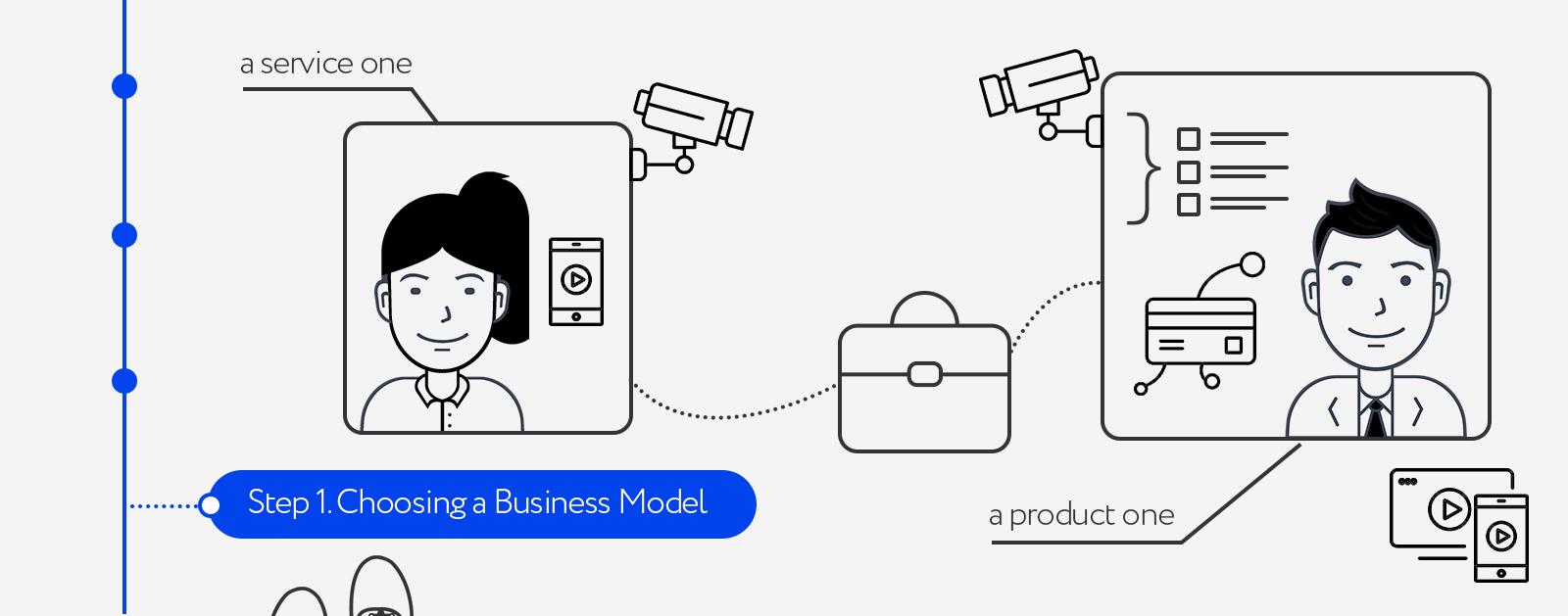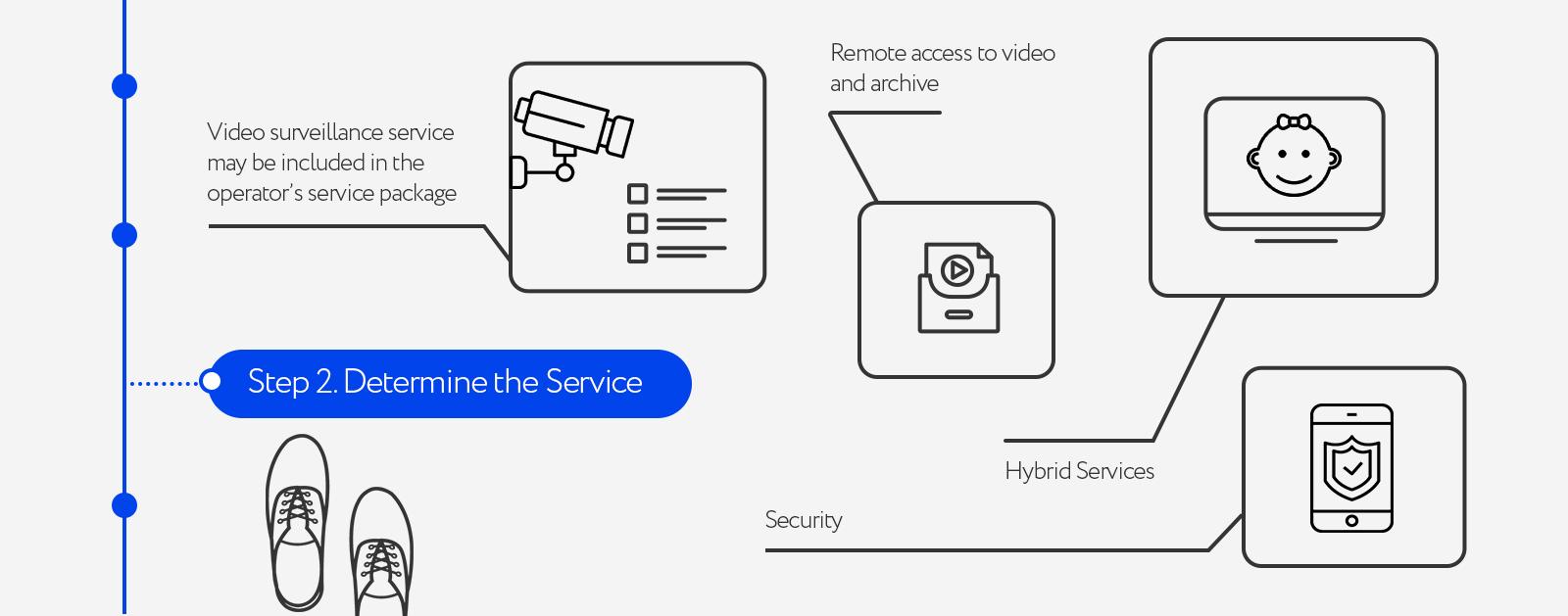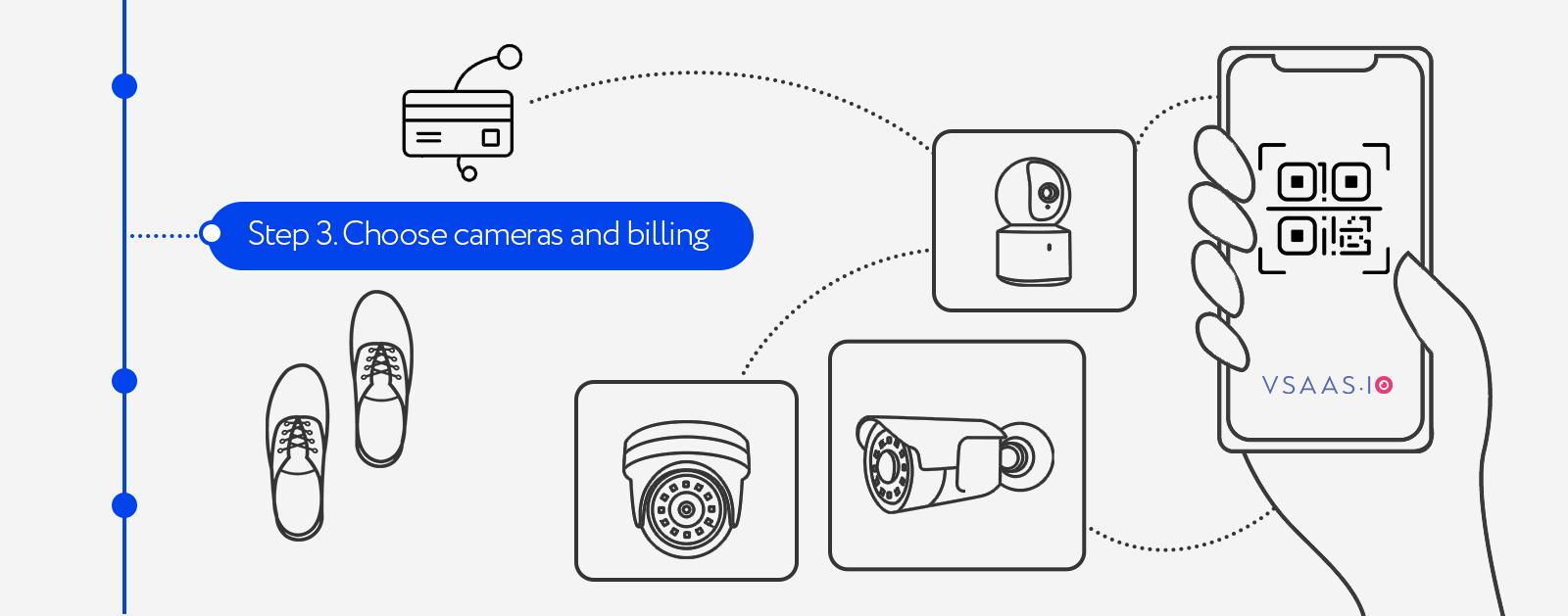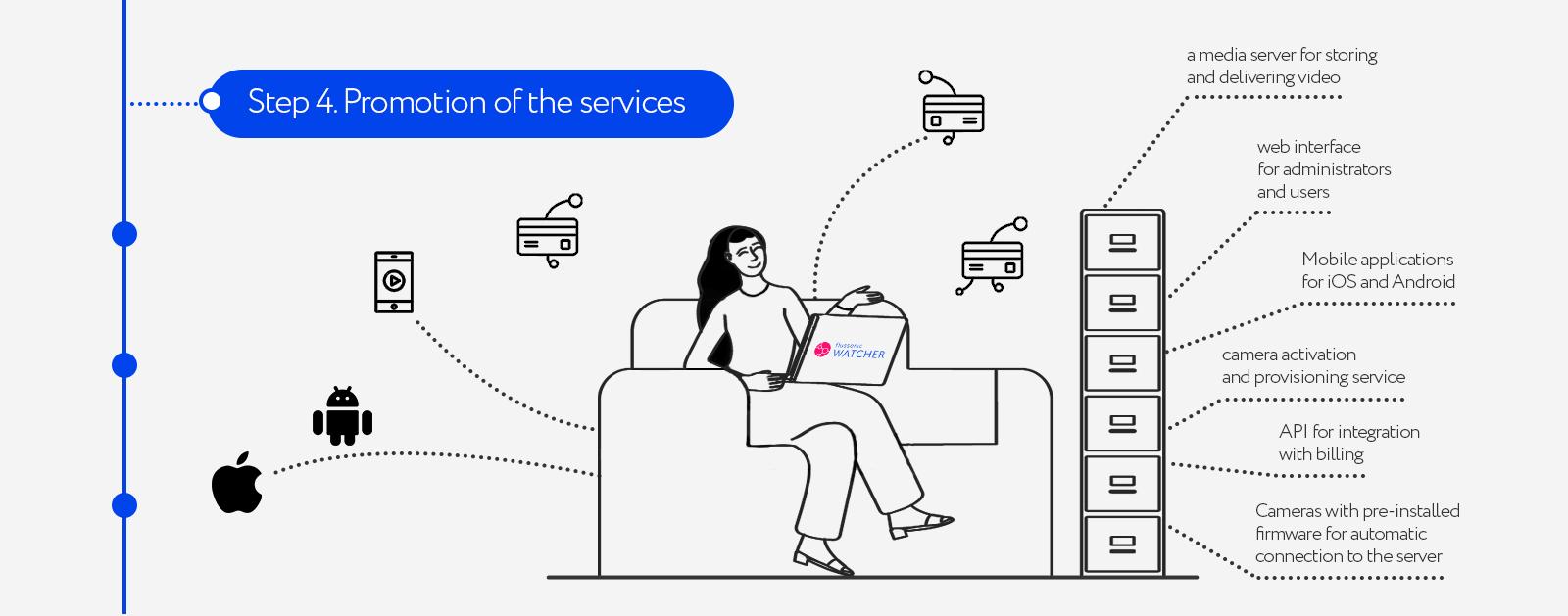How to Start Selling Video Surveillance Services in 4 Steps
Forced quarantine and the transition of a large number of businesses to online mode is an excellent opportunity for mobile telecom operators to introduce and offer their customers new services: for example, a video surveillance service. We’ve already mentioned that video surveillance is now becoming especially relevant for monitoring security in deserted office centers, restaurants, and hotels. So, where exactly should a telecom operator start if they want to open a new source of income?
Step 1. Choosing a Business Model

There are two business models according to which the operator can provide video surveillance to subscribers.
The first model is a service one. Cameras are bought and connected to the operator’s billing, issued to the subscriber, and then the subscribers receive a video surveillance service for a monthly subscription fee. Everything is clear with this model. With the proper level of service and adequate price, the subscriber can become a regular user of the service.
The second model is a product one. The operator buys cameras and resells them to subscribers for an extra charge. Here a logical question arises: what will make a subscriber buy a camera for an extra charge from the operator if they can buy it on AliExpress at about half the price? For example, the operator can offer the subscriber something that will influence them to choose in favor of the operator - like adding a service component.
More: Flussonic Watcher: video surveillance as a service
Step 2. Determine the Service

To organize simple video surveillance at home, a subscriber can go to the store and buy a Xiaomi or Hikvision camera, put it on the windowsill, and receive video on their mobile device. We know that this method is not safe, because videos are transmitted through insecure channels. This may not interest the subscriber.It is more important for them to see what happens (or happened) in their absence at their home or in the office. It would seem that regular Chinese cameras with peer-to-peer broadcasting are exactly what the subscriber needs. But there are several reasons that may allow the telecom operator to convince the subscriber.
Reason 1. Video surveillance service may be included in the operator’s service package
Similar to the way cable TV is sold, the operators began to offer it in a package with internet services, and now for most subscribers, this is an indispensable service. We believe that absolutely the same situation will occur with video surveillance. The cost of the camera and additional service will neatly spread across the entire package of services.
Reason 2. Remote access to video and archive
If a user buys a standard camera, the video is delivered via the peer-to-peer network, bypassing the server. The quality of such a connection often leaves much to be desired. If the video is recorded on a secure server of the telecom operator, then the subscriber can access the video at any time, from any device and from any location where there is an Internet connection. In addition, the telecom operator can offer the subscribers to set the required archive depth.
Reason 3. Hybrid Services
Subscribers can be offered a hybrid video surveillance service in connection with other telecom operator services. Imagine a mother who cooks dinner in the kitchen while her child plays in the living room or in the backyard. Mom needs to be always aware of what is happening with her child, so she connects to the video surveillance camera to keep an eye on them. Is it convenient for her to do this through the small screen of a smartphone, which she also needs to get out of her pocket with greasy hands? It would be much better if the video from the camera was broadcasted on a television screen. This can easily be done by setting a specific channel on the TV to the camera.
Another possible hybrid is apartment video surveillance and home cameras. For example, a subscriber, arriving at an apartment building in the evening, can connect to the cameras installed by the HOA or the housing office and see where there are free parking spaces in the yard. It is very important for huge new buildings, where the number of parking spaces is limited.
Reason 4. Security
When providing a video surveillance service, the recording and storage of video from cameras are stored on the cloud, so you don’t have to worry about the safety of the recordings. If the user prefers standard cameras purchased at the store, the recordings from them could easily fall into the hands of third parties.
Step 3. Choose cameras and billing

Now that we have decided on a business model and a service that can be offered to subscribers, you need to decide on the cameras.
There are many types of cameras that meet different purposes. Bullet cameras are better suited for outdoor video surveillance. Dome cameras are for mounting on the ceiling, for example, in shops or cafes, and there are cameras that can be placed on tables or shelves in residential premises. The operator can use different types of cameras, but all of them must have one thing in common: they must be easy to install for the customer. The camera should be a plug-and-play device. We found an elegant solution: all of our cameras have firmware, which, among other things, enables the cameras to read QR codes. The subscriber installs a special mobile application in which there is a special QR code, shows the code to the camera, and the camera is registered on the network, connects to the server, and is added to the telecom operator’s billing.
Billing can be solved in different ways. Internet and TV charges can change much less often than video surveillance tariffs. Imagine that a subscriber leaves home for their country cottage for two weeks. At home, they need to leave the cameras turned on and store the video data for 14 days. After two weeks, they return, leaving the cameras turned on at the cottage for a month. Such movements require constant changes in the fees, and the telecom operator may not be ready for such flexibility. In this case, we suggest connecting the operator’s billing to the Vsaas.io package of services: flexibility with recurring payments and dynamic fee changes. In addition, the operator can integrate its billing through the API.
Step 4. Promotion of the services

Having decided on a business model, service package, cameras, and billing, the operator can begin to promote its new service. What is the better way to sell your new service? We have worked with a large number of telecom operators and international experience tells us that subscribers are most likely to sign up for video surveillance as part of a bundle of services. In the bundle, it’s difficult to figure out how much each of the services costs separately so that subscribers are more loyal to additional services. Another option is when a video intercom is already installed in the apartment building of the HOA or the housing office, the telecom operator may offer subscribers to connect their personal cameras for a small fee.
Flussonic Will Help
We already have a ready-made solution so that any telecom operator can quickly start offering video surveillance services to its subscribers: it’s called Flussonic Watcher. It includes:
- a media server for storing and delivering video;
- web interface for administrators and users;
- Mobile applications for iOS and Android;
- camera activation and provisioning service;
- API for integration with billing with the ability to manage Watcher through billing, as well as for the development of external modules and mobile applications;
- Cameras with pre-installed firmware for automatic connection to the server.
Our complex solution has already been tested by different operators and is ready for quick deployment so that this area of the operator’s business begins to earn income in no time at all. Become a video surveillance service provider today!